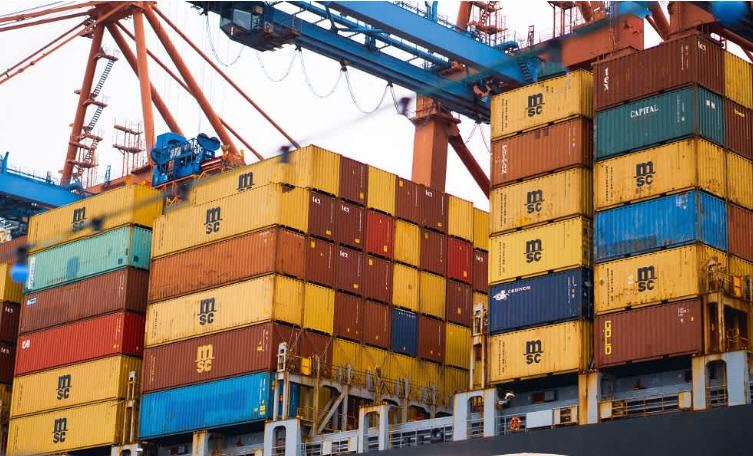
Key Performance Indicator (KPI) for Shipping & Transportation
To name a few:
Transportation KPIs
- On-Time Delivery: Percentage of shipments delivered by the promised date. This metric reflects reliability and efficiency.
- First Attempt Delivery Rate: Percentage of deliveries successfully completed on the first try. Minimizes disruptions and redelivery costs.
- Delivery Time: The average time it takes to deliver a shipment from pick-up to destination. Lower delivery times enhance customer satisfaction.
- Freight Costs per Unit: The average cost of shipping per unit of product (weight, volume, etc.). Track cost efficiency.
- Fuel Efficiency: Track fuel consumption per unit transported (gallon per mile, etc.). Important for managing fuel costs and environmental impact.
- Pick-up on Time: Percentage of shipments picked up within the scheduled timeframe. Ensures smooth operations and avoids delays.
- Carrier Performance: Track on-time delivery, damage rates, and communication effectiveness of your carriers.
Logistics KPIs
- Inventory Turnover: How often inventory is sold and replenished over a period. Indicates efficient inventory management.
- Warehouse Utilization Rate: Percentage of available warehouse space being used for storage. Optimize space utilization.
- Order Fulfillment Accuracy: Percentage of orders shipped with no errors or missing items. High accuracy reduces costs and improves customer satisfaction.
- Order Processing Time: The average time it takes to process an order from receipt to shipment. Shorter processing times improve efficiency.
- Transportation Mode Selection: Track the distribution of shipments across different transportation modes (truck, air, rail) based on cost, speed, and efficiency.
Financial KPIs
- Transportation Cost per Revenue: Percentage of revenue spent on transportation costs. Measure transportation efficiency relative to revenue.
- Profit Margin: Percentage of revenue remaining after all expenses are accounted for. Measures overall financial health.
- Claims Ratio: Total cost of freight claims divided by total freight revenue. Lower ratios indicate fewer damaged or lost shipments.
Additional Considerations
- Track KPIs by Shipment Lane: Analyze on-time delivery, costs, and other metrics for specific shipping routes to identify areas for improvement.
- Safety Performance: Track accidents, injuries, and near misses to promote a safe working environment.
- Customer Satisfaction: Conduct surveys or track customer feedback to understand their experience with your shipping and transportation services.
By tracking these KPIs, Shipping & Transportation businesses can gain valuable insights into their operations, identify areas for improvement, and make data-driven decisions to optimize efficiency, reduce costs, and enhance customer satisfaction.
